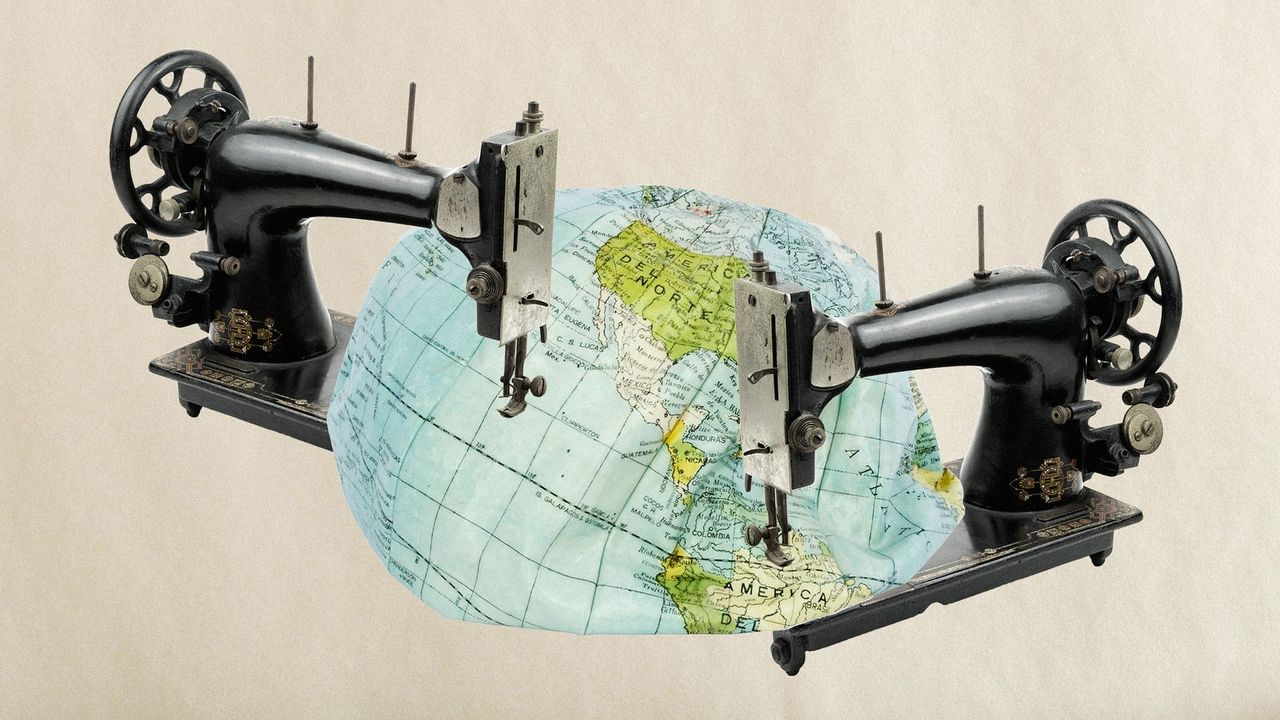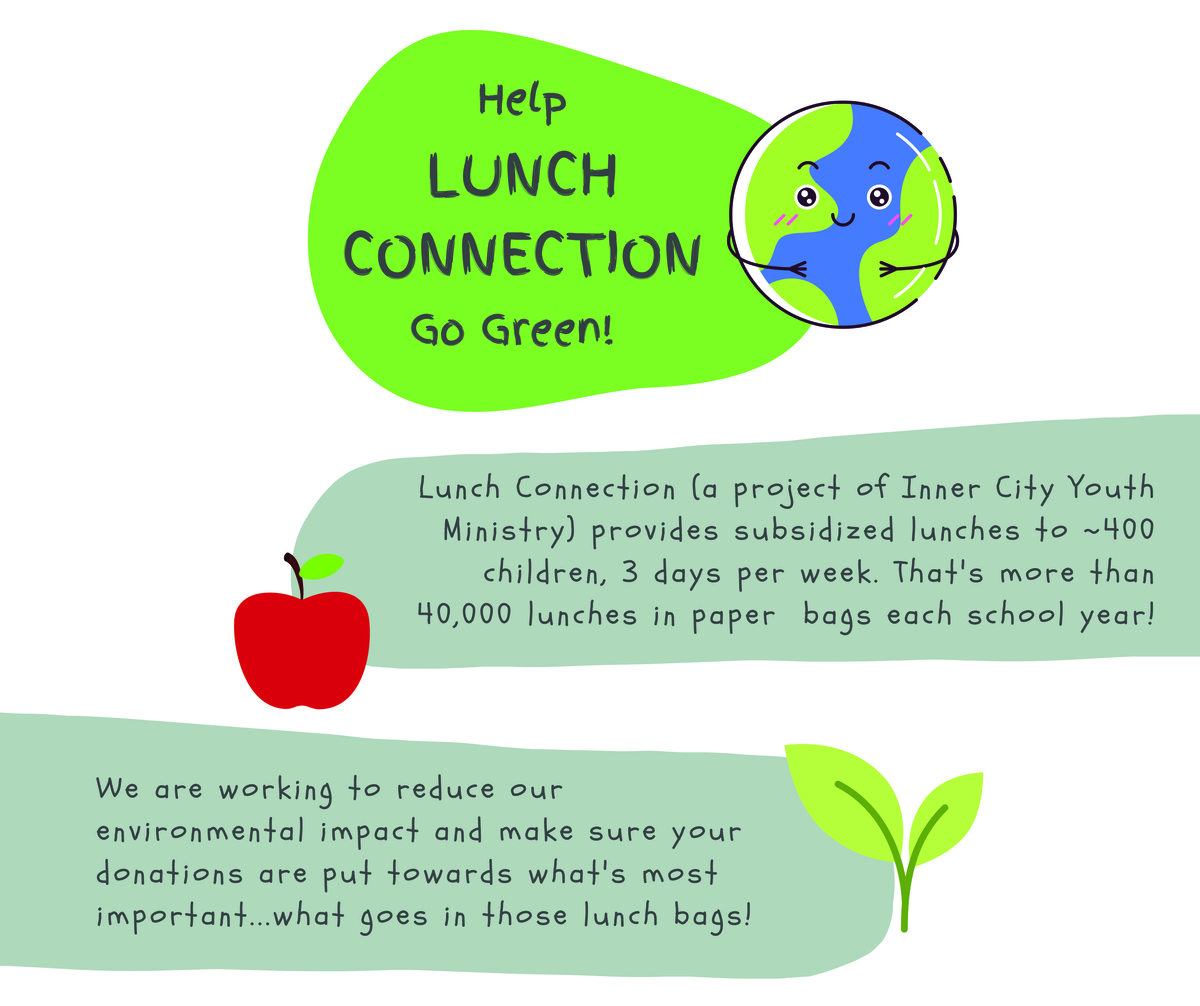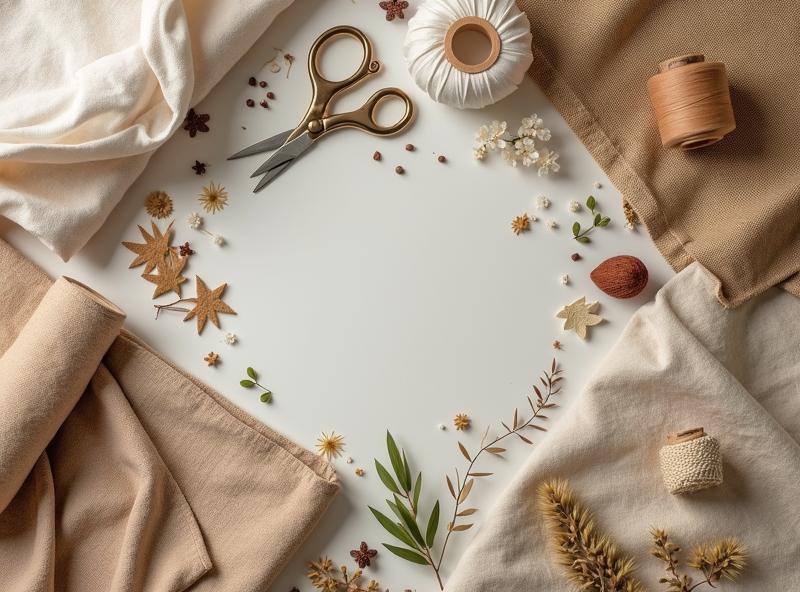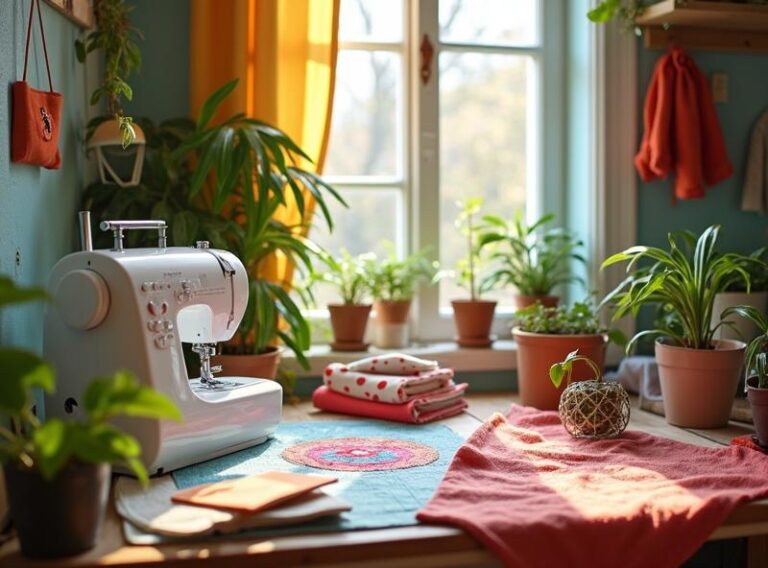Green Sewing: Reducing Your Environmental Impact With Fabric
Green sewing reduces environmental impact by using sustainable fabrics and eco-friendly practices. It promotes ethical consumption and minimizes waste.
Green sewing is a mindful approach to crafting that emphasizes sustainability. Choosing eco-friendly fabrics like organic cotton, hemp, and recycled materials helps reduce your carbon footprint. Sewing with intention not only conserves resources but also supports ethical fashion practices. Opting for natural dyes and avoiding synthetic fibers can significantly lessen environmental harm.
Repairing and repurposing old clothes extends their life and reduces textile waste. By adopting green sewing habits, you contribute to a healthier planet while creating beautiful, lasting garments. Embrace sustainable sewing and make a positive impact on the environment, one stitch at a time.

Credit: www.bbc.com
The Fabric Of Change
Green sewing is transforming our world. This movement uses eco-friendly materials. It reduces waste and supports sustainability. Let’s explore how fabric choices make a difference.
Sewing With A Conscience
Choosing the right fabrics can impact the environment. Sustainable fabrics are better. They use fewer resources. They reduce pollution. Here are some examples:
- Organic Cotton: Grown without harmful chemicals.
- Bamboo Fabric: Fast-growing and renewable.
- Recycled Polyester: Made from recycled plastic bottles.
These choices help reduce your carbon footprint. They are kinder to the planet. Sewing with a conscience means making thoughtful choices. It supports a healthier world.
Textiles And The Environment
Textiles have a big impact on the environment. Conventional fabrics use many resources. They often involve harmful processes. Here are some environmental concerns:
| Issue | Impact |
|---|---|
| Water Usage | Large amounts of water are needed for cotton. |
| Pollution | Dyes and chemicals pollute water and soil. |
| Waste | Textile waste fills landfills. |
Understanding these impacts helps us make better choices. Using eco-friendly fabrics can reduce these harmful effects. Small changes in sewing habits can lead to big improvements.

Credit: www.bbc.com
Material Matters
Choosing the right fabric helps the environment. Some fabrics harm nature. Others help it. Let’s explore the best options.
Eco-friendly Fabrics
Eco-friendly fabrics are good for the earth. They use fewer resources. They also create less waste.
Here are some top eco-friendly fabrics:
- Organic Cotton: Grown without chemicals.
- Bamboo: Grows fast and needs little water.
- Hemp: Strong and needs no pesticides.
- Recycled Fabrics: Made from old clothes or plastic bottles.
The Dark Side Of Synthetic Materials
Synthetic materials harm the earth. They are made from oil. They do not break down easily.
Let’s look at some common synthetic fabrics:
| Synthetic Fabric | Environmental Impact |
|---|---|
| Polyester | Made from oil. Releases microplastics. |
| Nylon | Takes a lot of energy to make. Not biodegradable. |
| Acrylic | Produces harmful chemicals. Does not break down. |
By choosing better fabrics, you help the planet. Make a change today.
Sustainable Sewing Practices
Green sewing is about making eco-friendly choices. Sustainable sewing practices help reduce your environmental impact. They are simple, effective, and can be fun.
Minimizing Waste
To minimize waste, start by using fabric scraps. Save all your small fabric pieces. You can use them for patchwork or small projects. This reduces the amount of fabric you throw away.
Another way to cut down waste is by planning your projects carefully. Measure twice, cut once. This helps avoid mistakes and fabric waste.
Here are some tips to minimize fabric waste:
- Repurpose old clothes.
- Use fabric scraps for quilting.
- Donate unwanted fabric.
Energy-efficient Techniques
Using energy-efficient techniques can save power. Hand sewing is one method. It uses no electricity at all. It’s also good for small projects.
If you use a sewing machine, choose an energy-efficient model. Look for machines with energy-saving modes. They consume less power.
Here are some tips for energy-efficient sewing:
- Use LED lights in your sewing area.
- Unplug your machine when not in use.
- Sew during daylight hours.
Small changes can make a big difference. Try these sustainable practices in your sewing projects.
Repurpose And Upcycle
Repurpose and Upcycle: Embracing green sewing means rethinking our fabric use. Repurpose and upcycle old fabrics to reduce waste. This practice helps the environment and sparks creativity.
Creative Reuse Of Old Garments
Old garments can have new lives. Turn an old shirt into a tote bag. Use an old dress to make pillow covers. The possibilities are endless.
Here are some ideas:
- Turn jeans into a denim apron.
- Transform a sweater into mittens.
- Use t-shirts to create a quilt.
Repurposing saves money and reduces landfill waste. It also gives unique items with personal touches.
Transforming Scraps Into Art
Fabric scraps can become beautiful art pieces. Small pieces can create patchwork quilts. Tiny scraps can be used for fabric collages.
Here are some projects:
- Make a fabric wall hanging.
- Create a colorful fabric wreath.
- Design unique bookmarks with fabric scraps.
Using scraps for art is both fun and eco-friendly. It reduces waste and sparks creativity.
| Old Garment | New Item |
|---|---|
| Old Shirt | Tote Bag |
| Jeans | Denim Apron |
| Sweater | Mittens |
| T-Shirts | Quilt |
Sourcing Responsibly
Choosing the right fabric can make a big difference. Sourcing fabric responsibly helps protect the planet. This means finding fabrics that are sustainable and eco-friendly.
Local And Organic Options
Local fabrics reduce carbon footprints. They do not travel far, saving fuel and emissions. Local options support nearby farmers and businesses. Organic fabrics are grown without harmful chemicals. They are safer for the environment and for you.
Here are some benefits of local and organic fabrics:
- Less Pollution: Shorter travel distances mean less pollution.
- Support Communities: Buying local helps local businesses thrive.
- Healthier Choice: Organic fabrics do not have toxic chemicals.
Certifications To Look For
Certifications can guide you in choosing eco-friendly fabrics. They ensure the fabric meets certain environmental standards. Look for these certifications:
| Certification | Description |
|---|---|
| GOTS (Global Organic Textile Standard) | Ensures organic status and social responsibility. |
| OEKO-TEX | Certifies that the fabric is free from harmful substances. |
| Fair Trade | Promotes fair labor practices in fabric production. |
These certifications help you choose fabrics that are better for the planet. They also ensure safe and fair working conditions for workers.

Credit: nb.anglican.ca
Mindful Consumption
Mindful consumption is about making thoughtful choices. This can reduce waste and environmental impact. By focusing on quality and lifespan, we can make greener sewing decisions.
Quality Over Quantity
Choosing high-quality fabrics is essential. High-quality fabrics last longer. They also feel better and look better. Invest in natural fibers like cotton and linen. These are biodegradable and eco-friendly.
Here is a quick comparison of common fabrics:
| Fabric Type | Durability | Environmental Impact |
|---|---|---|
| Cotton | High | Low |
| Polyester | Medium | High |
| Linen | High | Low |
Quality fabrics often cost more. This might seem like a downside. But, they save money in the long run. Fewer replacements mean less waste.
The Lifespan Of Sewn Products
Focus on the lifespan of your sewn products. Well-made items last longer. They also need fewer repairs. This saves resources and time.
Here are some tips to extend the lifespan of your projects:
- Use strong threads and stitches.
- Reinforce seams and stress points.
- Wash fabrics gently and air dry.
- Repair small damages quickly.
Consider these tips while sewing. They help your creations last longer. This reduces your environmental footprint.
Community Engagement
Engaging with the community can significantly enhance your green sewing efforts. Collaboration helps reduce waste and fosters a shared sense of responsibility. Let’s explore some effective ways to engage with your community.
Sharing Resources And Knowledge
Sharing resources and knowledge benefits everyone. You can save money and reduce waste. Here are some ways to share:
- Fabric Swaps: Exchange fabric with others. This reduces buying new materials.
- Online Forums: Join groups to share tips and patterns. Learn from others’ experiences.
- Workshops: Attend or host sewing workshops. Teach and learn eco-friendly techniques.
Sewing Circles And Sustainability
Sewing circles can be more than social gatherings. They can promote sustainability. Here’s how:
- Project Sharing: Work on group projects. Use leftover fabrics from each other.
- Skill Exchange: Share your sewing skills. Learn new techniques from friends.
- Repair Cafés: Set up repair stations. Fix old clothes instead of buying new ones.
Community engagement is key to green sewing. By sharing and collaborating, we can make a big impact.
Future Threads
The future of sewing is green. New threads and fabrics are eco-friendly. They help reduce environmental impact. By choosing these materials, you make a positive change.
Innovations In Eco-friendly Sewing
Eco-friendly sewing is evolving. Many innovations make it easier to sew green. Here are a few:
- Recycled Fabrics: Fabrics made from recycled materials like plastic bottles.
- Organic Cotton: Grown without harmful chemicals and pesticides.
- Bamboo Fabric: Sustainable and biodegradable, bamboo is a great choice.
These fabrics are good for the planet. They also feel great to wear. Using them helps reduce waste and pollution.
Educating The Next Generation Of Sewists
The next generation can learn to sew green. Teaching kids about eco-friendly fabrics is key. Here are some tips:
- Use Simple Projects: Start with easy, fun sewing projects.
- Explain the Benefits: Teach why eco-friendly fabrics are important.
- Visit Fabric Shops: Show where to find sustainable fabrics.
- Incorporate Recycling: Use old clothes to make new projects.
Kids can learn to love sewing. They will also learn to care for the planet. This is a valuable lesson for their future.
Conclusion
Choosing eco-friendly fabrics makes a significant impact on the environment. Sustainable sewing reduces waste and supports eco-conscious practices. By making thoughtful choices, you contribute to a greener planet. Start your green sewing journey today and help preserve our beautiful Earth for future generations.
Every stitch counts in creating a sustainable future.


